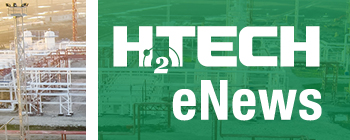News
Green H2’s hidden hurdle: Moeve urges cohesion in Spain’s energy ecosystem
Europe’s green H2 ambitions are taking shape, and few projects embody that momentum like the Andalusian H2 Valley—led by Moeve, the newly rebranded identity of Spanish energy player Cepsa.
Targeting 2 GW of electrolyzer capacity by 2030, the project’s first 400-MW phase in Huelva is nearing final investment decision (FID), supported by a €300-MM grant from the Spanish government. With all permitting, engineering, and local offtake in place—Moeve being a major H2 consumer itself—the project presents a near-ideal case study of alignment.
Yet, even in this favorable environment, the panelist warned of a less visible but critical barrier: a lack of holistic infrastructure planning.
“We’ve got the resources, demand, and policy mandates. But without proper synchronization across actors—from wind farms to airport fuel delivery infrastructure—the entire value chain risks stalling,” Moeve’s representative emphasized.
Spain’s high levels of renewable curtailment were cited as a case in point: even permitted wind projects struggle to deliver consistent power due to transmission bottlenecks. And this, in turn, jeopardizes compliance with hourly correlation rules required for green H2 certification.
The message was clear: without vertically integrated planning across public and private sectors, flagship projects remain exposed to fragmented execution.

